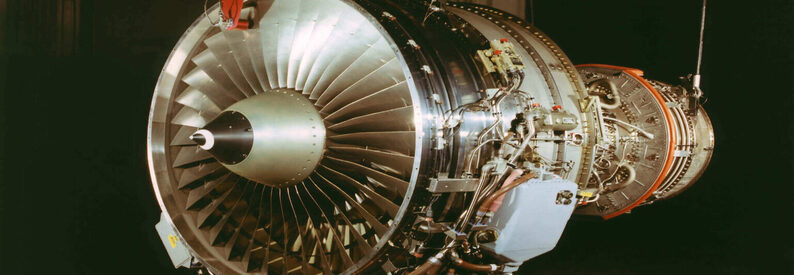Scientists Create New Superalloy That Could Transform Jet Engines and Energy Systems

Scientists have developed a revolutionary chromium–molybdenum–silicon alloy capable of withstanding extreme heat far beyond the limits of current materials, paving the way for more efficient jet engines and power plants. The breakthrough marks a major step forward in the quest for materials that can endure high temperatures without sacrificing durability or resistance to oxidation.
The new alloy, created by researchers at the Karlsruhe Institute of Technology (KIT) in Germany, demonstrates extraordinary stability and ductility—qualities rarely found together in refractory metals. Traditionally, materials such as tungsten, molybdenum, and chromium have been prized for their ability to withstand temperatures exceeding 2,000°C. However, they tend to become brittle at room temperature and quickly oxidize when exposed to air, limiting their practical applications in turbine and combustion systems.
To address these challenges, engineers have long relied on nickel-based superalloys, which combine multiple metallic elements to remain stable and ductile up to roughly 1,100°C. While these alloys are the backbone of today’s aircraft and gas turbines, their temperature ceiling constrains overall efficiency. As Professor Martin Heilmaier of KIT explains, “Efficiency in combustion processes increases with temperature, but existing materials can only go so far.”
Working within the MatCom-ComMat research program funded by the German Research Foundation (DFG), Heilmaier’s team successfully developed a new refractory metal-based alloy consisting of chromium, molybdenum, and silicon. The alloy was produced through arc melting at KIT’s Institute for Applied Materials and refined to balance high strength, ductility, and oxidation resistance.
The result is a material that can withstand temperatures near 2,000°C, remains ductile at room temperature, and oxidizes far more slowly than traditional superalloys—even in critical temperature ranges. “This combination of properties is unprecedented,” said Dr. Alexander Kauffmann, a key contributor to the project and now a professor at Ruhr University Bochum. “It nurtures the vision of components that can safely operate at much higher temperatures, enabling a true technological leap.”
The implications for aviation and energy production are profound. In jet engines and power turbines, even a 100°C increase in operating temperature can reduce fuel consumption by about five percent. Such efficiency gains could lower carbon emissions, reduce operational costs, and extend the lifespan of critical systems.
Heilmaier notes that this discovery is particularly vital for the future of aviation. “Electric propulsion may not be feasible for long-haul flights for decades, so improving fuel efficiency in conventional aircraft remains essential,” he said. Similarly, gas turbines used in power plants could achieve lower CO₂ emissions with stronger, more heat-resistant materials.
While industrial application will require further development and testing, this new alloy represents a key milestone in high-temperature materials science. “With our discovery, we’ve opened the door to a new generation of alloys,” said Heilmaier. “Research groups worldwide can now build on this foundation to design even more advanced materials for extreme environments.”
Reference: “A ductile chromium–molybdenum alloy resistant to high-temperature oxidation” by Frauke Hinrichs, Georg Winkens, Lena Katharina Kramer, Gabriely Falcão, Ewa M. Hahn, Daniel Schliephake, Michael Konrad Eusterholz, Sandipan Sen, Mathias Christian Galetz, Haruyuki Inui, Alexander Kauffmann and Martin Heilmaier, 8 October 2025, Nature. DOI: 10.1038/s41586-025-09516-8
Related News: https://airguide.info/category/air-travel-business/aircraft-finance/aircraft-supplier/
Sources: AirGuide Business airguide.info, bing.com, scitechdaily.com
